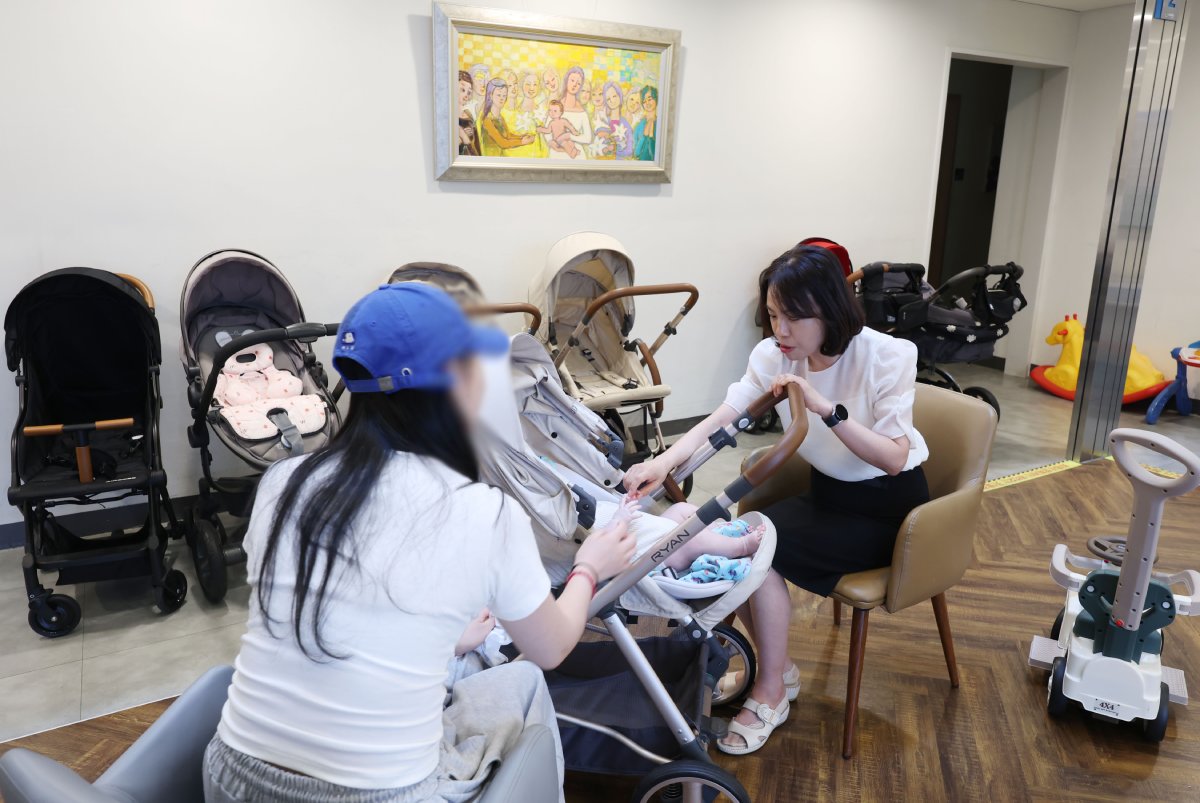[Editorial] New Labor-Management Model Be Devised In Prudent Manner
[Editorial] New Labor-Management Model Be Devised In Prudent Manner
Posted July. 04, 2003 22:01,
It seems that the government`s plan to formulate a new labor-management model by August 15 is carried out in a hasty manner. Many Koreans may share the view with the government that Korea can become an advanced nation which has managed to achieve its $10,000 per capita income only when it tackles rocky labor-management relations. However, it is somewhat irrational for the government to complete such a taunting task of achieving a social unity in such a short period.
The most urgent task for Korea is to reduce mounting social costs caused by collective actions to push for demands such as workouts. However, with sharp differences between workers and managerial leaderships, it is difficult for the government to formulate a new labor-management model that both sides can agree with in such a short period. If one of the two sides cannot agree with the government’s new model, the government’s efforts will be futile.
A heated debate on which model Korea`s new labor-management model should be after, an American way or an European way and so on seems to be useless because Korea needs to devise a totally different model which cannot find a similar example in advanced nations. It is because that a new model based on those of advanced nations, which show a huge difference in developmental phases and economic situations, cannot reflect the reality of Korea. Therefore, the government needs to spend an enough time to diagnose the Korean situation and present a proper prescription to solve the issue. In addition, the government should bear in mind that Korea has to focus on economic growth for the time being, unlike other advanced nations with their $30,000 per capita income.
The Korean government has to take seriously many foreigners` remarks, “Korea is similar to Britain in the 1970s.” Those foreigners pointed out that, in the 1970s, Brain’s economy was almost crippled by aggressive labor activities, causing a serious social problem; the same situation is now taking place in Korea.
The envisaged new labor-management model should support the government’s plan to raise the country`s per capita income to $20,000 and serve as a major instrument to create a new labor-management culture benefiting both sides. In this context, such a bold plan should not be carried out in a hurried manner. We hope that the government will collect various opinions and formulate a new model that the labor and the management can agree with.





![[단독]尹 “국무위원조차 살길 찾아 떠나려…없는 얘기 한다” 진술](https://dimg.donga.com/c/138/175/90/1/wps/NEWS/IMAGE/2025/07/10/131976712.1.jpg)

